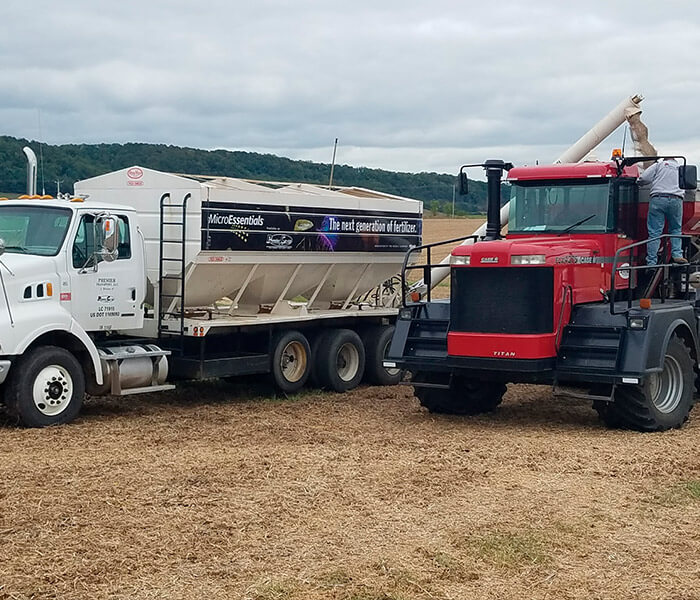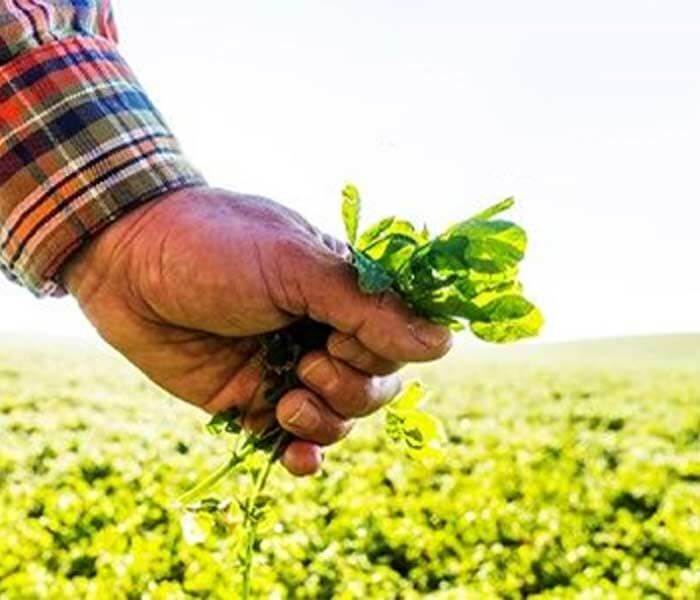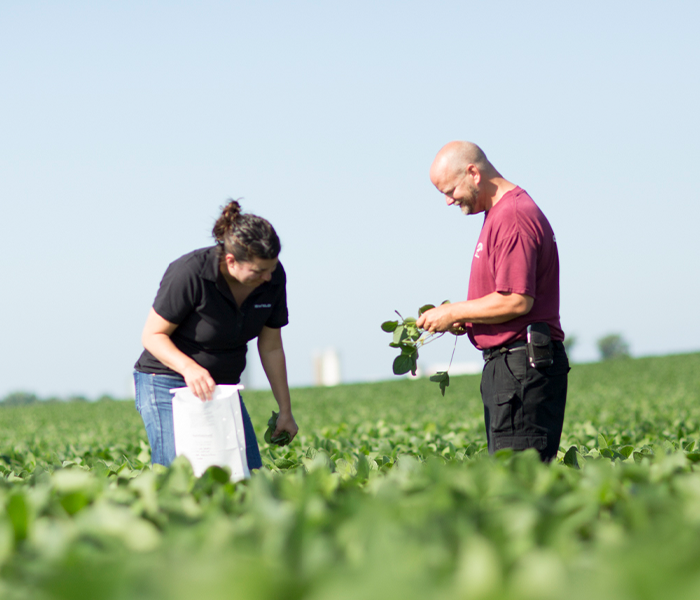PEAQ Method
Pick 3 (or more) representative 2-square foot locations (1 ft x 2 ft) in the field to check these 3 things:
- Count the number of stems in the 2 square foot square area (optimal density requires at least 45/square foot; you can visually estimate this once your practiced).
- Using a yard stick or other height stick, measure the height of the tallest alfalfa stem by stretching it out straight. Measure to the top of the stem, rather than to the top of the uppermost leaf.
- Determine the maturity:
- Vegetative (no buds visible on any stems)
- Bud (at least 1 bud visible on at least one stem)
- Flower (at least one flower visible on at least one stem)
Then use the below chart to determine the expected RFV of your field. Subtract about 20 points for expected loss of quality during wilting and harvest to determine what you might expect to put into the bunker and feed to your herd.
| Length of tallest stem |
Stage of most mature stem |
| Vegetative |
Bud |
Flower |
| (inches) |
RFV |
| 16 |
237 |
225 |
210 |
| 17 |
230 |
218 |
204 |
| 18 |
224 |
212 |
198 |
| 19 |
217 |
207 |
193 |
| 20 |
211 |
201 |
188 |
| 21 |
205 |
196 |
183 |
| 22 |
200 |
190 |
178 |
| 23 |
195 |
185 |
174 |
| 24 |
190 |
181 |
170 |
| 25 |
185 |
176 |
166 |
| 26 |
180 |
172 |
162 |
| 27 |
175 |
168 |
158 |
| 28 |
171 |
164 |
154 |
| 29 |
167 |
160 |
151 |
| 30 |
163 |
156 |
147 |
| 31 |
159 |
152 |
144 |
| 32 |
155 |
149 |
140 |
| 33 |
152 |
145 |
137 |
| 34 |
148 |
142 |
134 |
| 35 |
145 |
139 |
131 |
| 36 |
142 |
136 |
128 |
| 37 |
138 |
133 |
126 |
| 38 |
135 |
130 |
123 |
| 39 |
132 |
127 |
121 |
| 40 |
129 |
124 |
118 |
Kristina Weld, MS, PhD
Dairy Nutritionist



